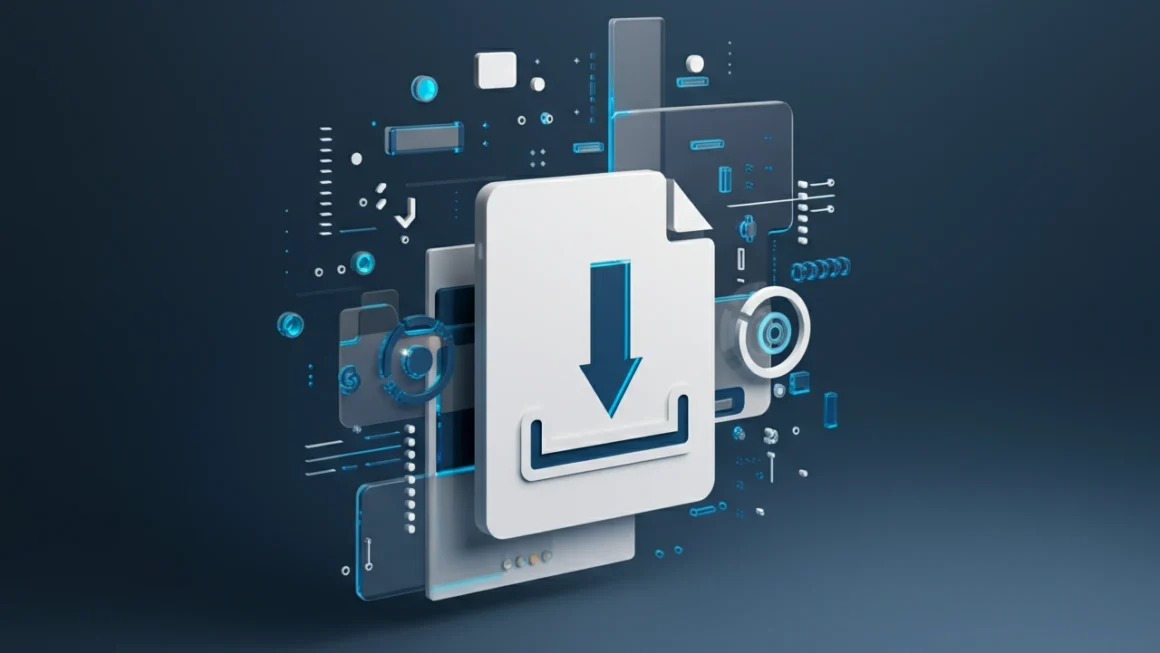Covatza3.9 has gained attention among users seeking specialized software solutions for their projects. The question “is covatza3.9 software free” appears frequently in online searches, reflecting the widespread interest in accessing this tool without financial barriers. Understanding the licensing structure of any software before download protects users from legal complications and ensures they’re making informed decisions about their digital tools.
Software costs can quickly add up, especially for individuals and small businesses operating on tight budgets. This comprehensive guide examines Covatza3.9’s licensing terms, explores the different types of software licenses you might encounter, and provides practical alternatives for users seeking cost-effective solutions.
What is Covatza3.9?
Covatza3.9 represents a software application designed to handle specific computational tasks and data processing operations. The program typically features a user-friendly interface that allows both beginners and experienced users to navigate its functionalities effectively.
The software package includes various modules for data analysis, file conversion, and system optimization. Users commonly employ Covatza3.9 for tasks such as batch processing, automated workflows, and performance monitoring across different operating systems.
Key features often associated with this type of software include:
- Multi-format file support and conversion capabilities
- Automated processing tools for repetitive tasks
- Real-time monitoring and reporting functions
- Integration options with existing software ecosystems
- Customizable user interface and workflow settings
The application has developed a user base among professionals who require reliable tools for their daily operations, though the specific industry applications may vary depending on the software’s exact specifications and capabilities.
Understanding Software Licensing
Before determining whether any software is truly “free,” understanding different licensing models helps users make educated choices about their software investments.
Freeware
Freeware applications are completely free to use without any payment required. Users can download, install, and operate these programs without restrictions, though they typically cannot modify or redistribute the software. Examples include many antivirus programs and basic utility tools.
Shareware follows a “try before you buy” model. Users can access full or limited functionality for a specified period, after which they must purchase a license to continue using the software. This approach allows users to evaluate the program’s suitability before making a financial commitment.
Open Source
Open source software provides users with both free access and the ability to view, modify, and distribute the source code. This licensing model promotes collaboration and transparency, with popular examples including Linux operating systems and LibreOffice productivity suites.
Commercial Software
Commercial licenses require upfront payment or ongoing subscription fees. These programs typically offer comprehensive support, regular updates, and advanced features that justify their cost through professional-grade functionality.
Examining Covatza3.9’s Licensing
Determining the exact licensing terms for Covatza3.9 requires careful examination of official documentation and authorized distribution channels. Software licensing can change over time, and developers may offer different versions with varying cost structures.
Users should always verify licensing information through official websites rather than relying on third-party sources. Official documentation typically includes:
- Clear pricing information for different software versions
- Terms of use and licensing restrictions
- Available support options and warranty coverage
- Update policies and version compatibility information
Many software developers offer multiple licensing tiers, such as personal use licenses at reduced costs, educational discounts for students and teachers, and enterprise licenses for commercial organizations. These options can significantly impact the total cost of ownership.
The absence of clear pricing information on a developer’s website doesn’t automatically indicate free software. Some companies use contact-based sales models where pricing depends on specific user requirements and usage scenarios.
Free Alternatives to Covatza3.9
Users seeking cost-effective solutions have numerous alternatives available across different software categories. These alternatives often provide similar functionality without the associated licensing costs.
Open Source Options
Open source alternatives frequently offer robust feature sets comparable to commercial software. Projects like Apache OpenOffice, GIMP for image editing, and Audacity for audio processing demonstrate how open source communities create professional-grade tools.
These alternatives benefit from community-driven development, resulting in regular updates and extensive documentation. Users can access source code, request features, and contribute to ongoing development efforts.
Freemium Models
Many modern software companies adopt freemium models, offering basic functionality at no cost while charging for premium features. This approach allows users to accomplish essential tasks without payment while providing upgrade paths for advanced requirements.
Cloud-based services often follow this model, enabling users to access software through web browsers without local installation requirements. Examples include Google Workspace for productivity tasks and Canva for graphic design.
Educational and Non-Profit Licenses
Students, educators, and non-profit organizations frequently qualify for significant discounts or free access to commercial software. Major companies like Microsoft, Adobe, and Autodesk offer special pricing programs that make professional tools accessible to educational users.
These programs typically require verification of eligibility and may include restrictions on commercial use of created content.
Potential Risks of Unofficial Downloads
Downloading software from unauthorized sources exposes users to significant security and legal risks that can far exceed any potential cost savings.
Malware and Security Threats
Unofficial software distributions commonly contain malicious code designed to compromise user systems. These threats include:
- Viruses that can corrupt files and system operations
- Ransomware that encrypts user data until payment is made
- Spyware that monitors user activity and steals personal information
- Trojans that create backdoors for unauthorized system access
Legal Consequences
Using pirated or unauthorized software violates copyright laws and software licensing agreements. Legal consequences can include:
- Financial penalties and legal fees
- Criminal charges in severe cases
- Business disruption through legal proceedings
- Reputation damage for organizations
Lack of Support and Updates
Unofficial software versions typically don’t receive security updates or technical support, leaving users vulnerable to newly discovered security flaws. Without official support channels, users must resolve technical issues independently or risk system instability.
Making the Right Software Choice
Rather than searching for free versions of specific commercial software, users benefit more from identifying their actual requirements and exploring legitimate options that meet those needs.
Start by listing the specific tasks you need to accomplish, then research software categories that address those requirements. Compare features, read user reviews, and take advantage of free trials to evaluate different options thoroughly.
Consider the total cost of ownership, including training time, ongoing support needs, and potential productivity impacts. Sometimes investing in commercial software provides better long-term value than struggling with inadequate free alternatives.
For organizations, establish clear software procurement policies that prioritize legitimate licensing and security considerations over short-term cost savings.
Final Thoughts on Covatza3.9 Licensing
The question “is covatza3.9 software free” ultimately depends on the specific version, intended use, and licensing terms established by the software developer. Users should always verify licensing information through official channels before downloading or using any software.
Free alternatives exist for virtually every software category, offering legitimate paths to accomplish various tasks without licensing costs. These alternatives often provide comparable functionality while ensuring legal compliance and system security.
Prioritize software solutions that offer clear licensing terms, regular updates, and reliable support channels. This approach protects both individual users and organizations from legal complications while ensuring access to functional, secure software tools.
Remember that investing in legitimate software licenses supports continued development and innovation in the software industry, ultimately benefiting all users through improved products and services.




